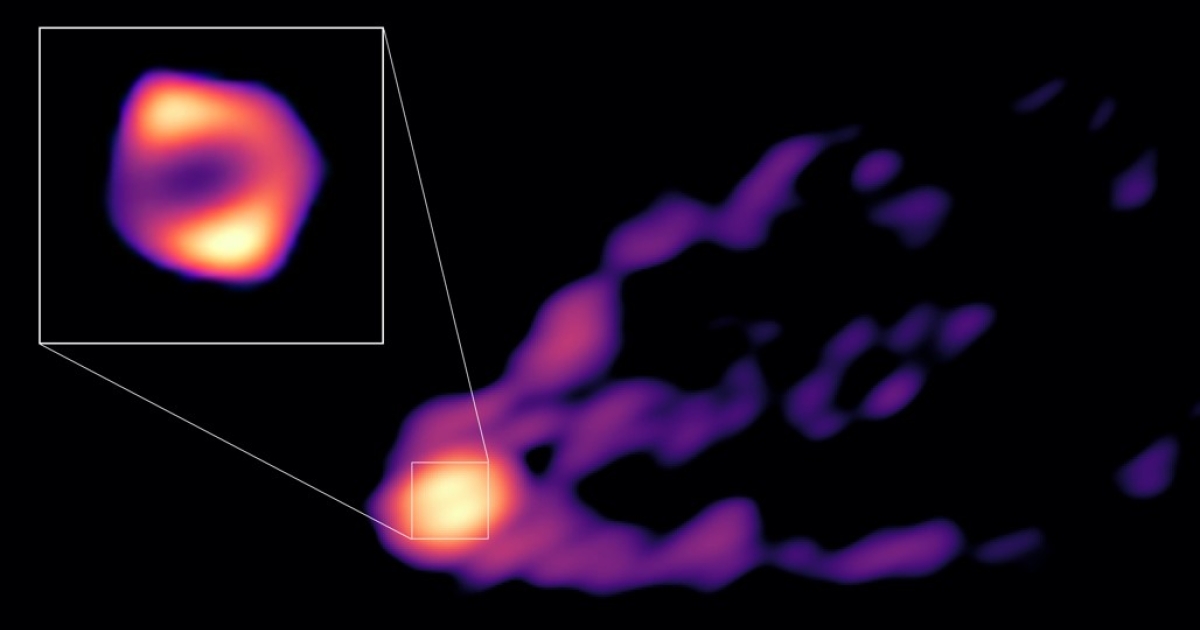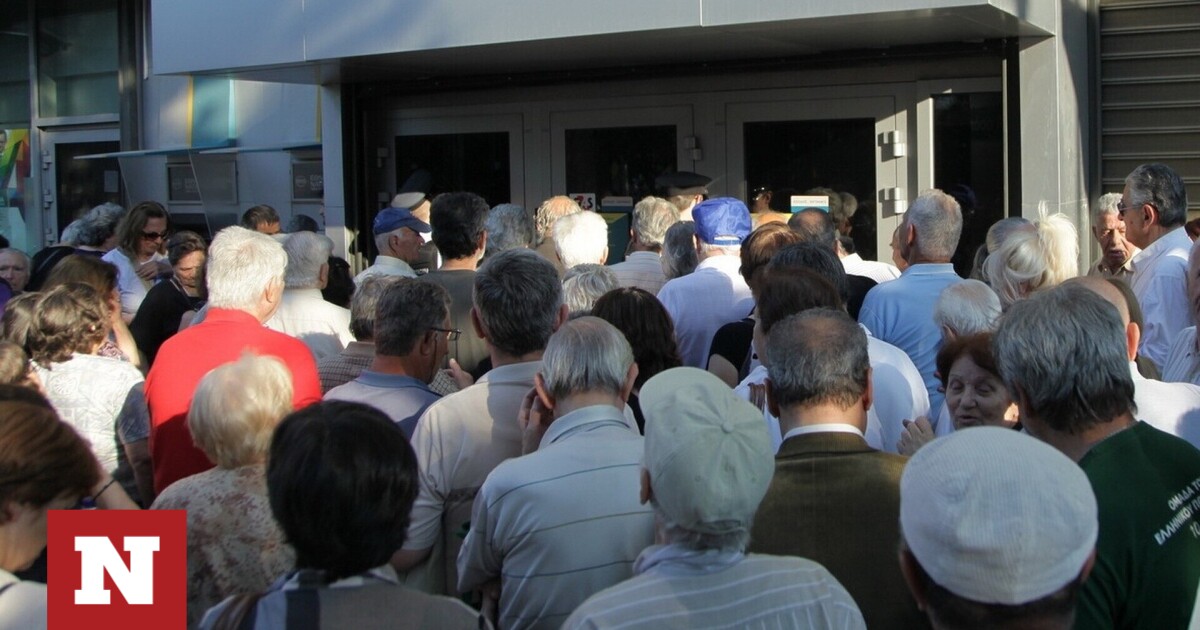
The black hole is located in the M87 galaxy, 55 million light-years away.
for the first time Astronomy scientists Notice in the same picture the shadow Black hole in the midst of it Messier 87 galaxy (M87) and the powerful jet that launched it. Thanks to this image, they can better understand how black holes release these jets. The related publication, involving a researcher from the Technology and Research Foundation in Crete, was presented in the journal Nature.
Most galaxies have a supermassive black hole at their centre. While black holes are known to gobble up matter in their immediate vicinity, they can also eject powerful jets of matter that extend far beyond the galaxies in which they reside. Understanding how black holes create such massive jets is a long-standing question in astronomy.
The new image shows for the first time: how the base of the plane is attached to matter orbiting a supermassive black hole with a mass of six and a half billion times the mass of the sun. The black hole is located in the M87 galaxy, 55 million light-years away.
As Carolina Casantio, a researcher at the Institute of Astrophysics of the Institute for Technology and Research and the Department of Physics of the University of Crete, who is a co-author of the publication, pointed out to APE-MPE, “The mechanism for releasing strong relativistic jets from the environment of supermassive black holes, which are located at the center of active galaxies, does not continues to baffle the astrophysical community.” Ms. Cassandio explains: “With this new image of M87, we observe for the first time the contact between the jet and the emission region surrounding the black hole. This adds an important new element to solving the mystery of the jet launcher.”
This particular black hole was first imaged by the Event Horizon Telescope (EHT) in 2017, but the image released today shows radio light emitted at a longer wavelength than the EHT image. “At this wavelength we can see how the jet exits the emission ring around the central supermassive black hole,” says Thomas Krickbaum of the Max Planck Institute for Radio Astronomy. The size of the ring we see today is also about 50% larger than the previous image, and computer simulations conducted for the research suggest that the new image reveals more material falling toward the black hole than can be observed with the EHT.
Observations of the current research were made in 2018 with three different groups of telescopes, GMVA located in Europe and North America, ALMA in Chile’s Atacama Desert, where the European Southern Observatory (ESO) is also collaborating, and GLT in Greenland. It is noteworthy that in order to correctly capture the true shape of an astronomical object, it is important that telescopes are spread all over the Earth. Future observations using this network of telescopes will continue to reveal how supermassive black holes can give off powerful jets.

“Total alcohol fanatic. Coffee junkie. Amateur twitter evangelist. Wannabe zombie enthusiast.”





More Stories
Capcom is removing three of its games from Steam
YouTube is experimenting with showing ads while the video is paused – YouTube
Finally, AMD graphics cards from one of the leading companies in the industry